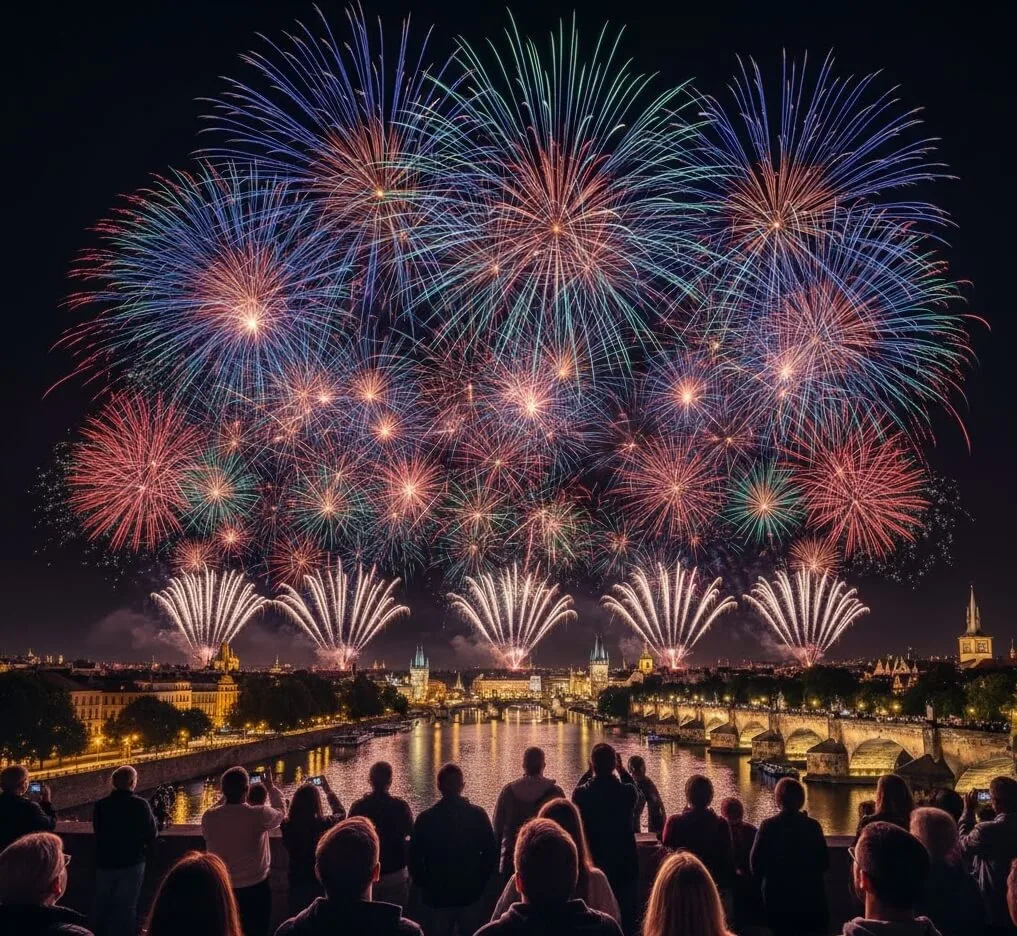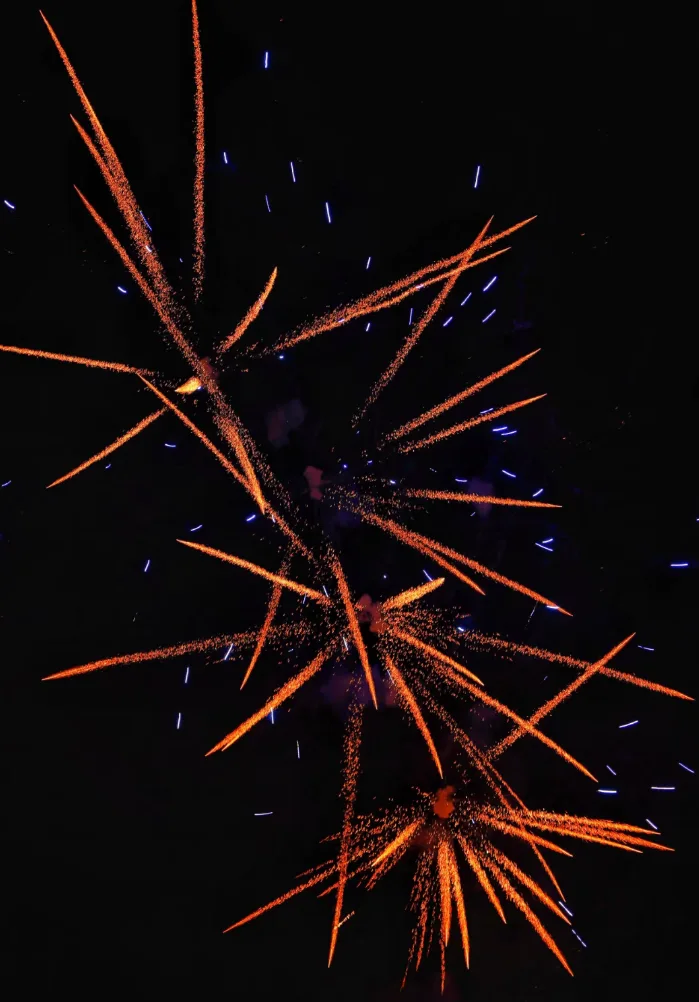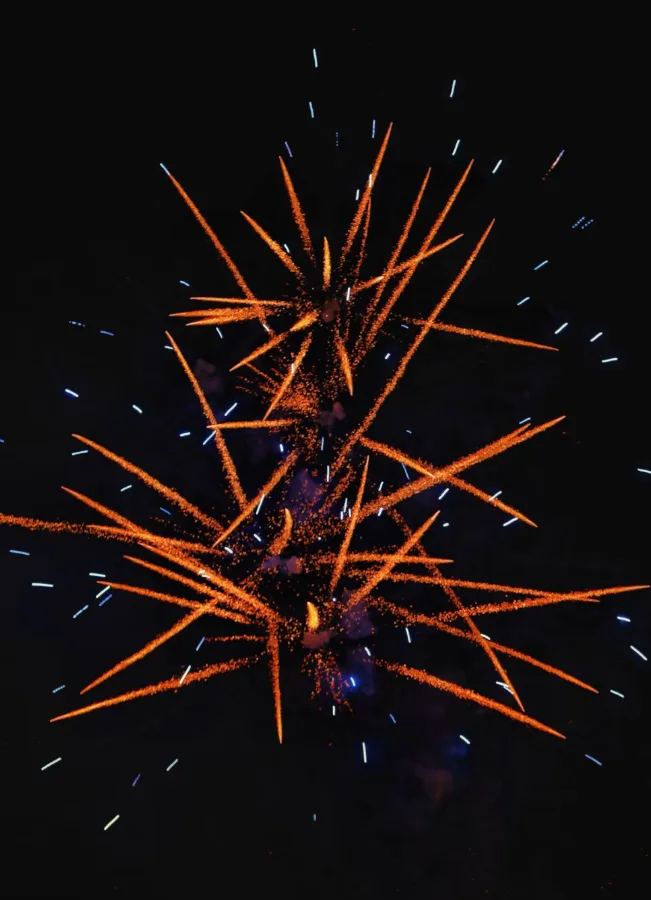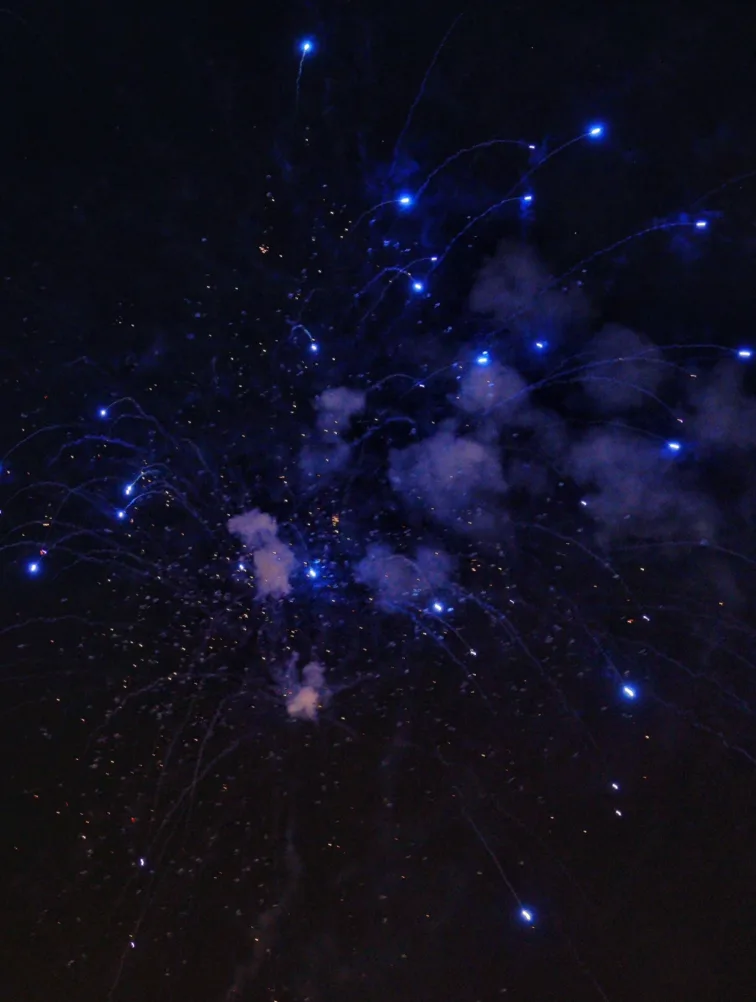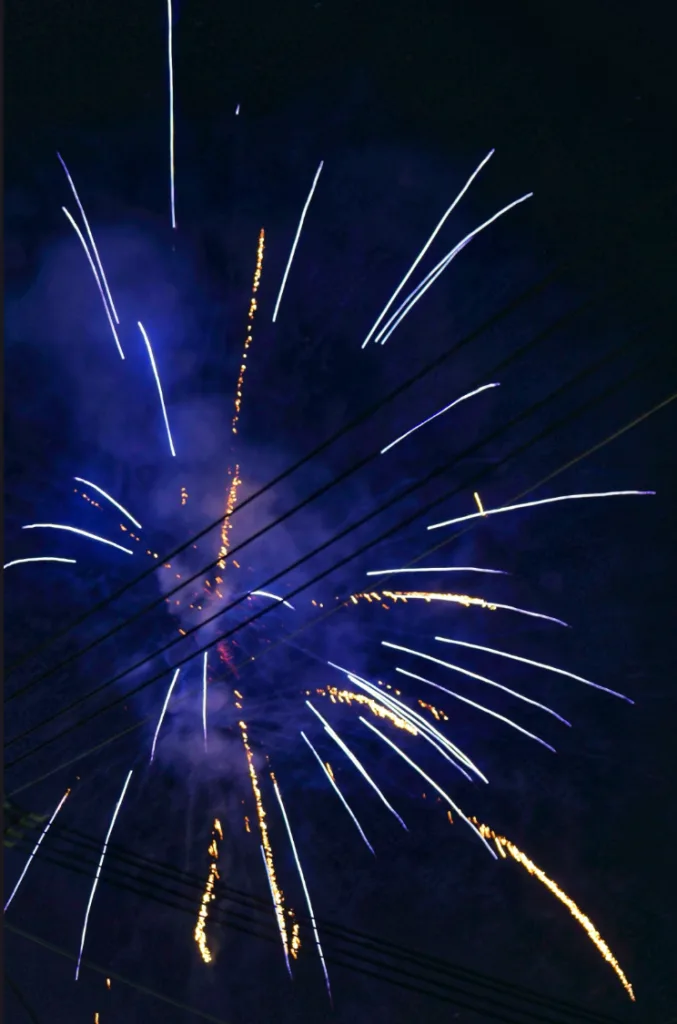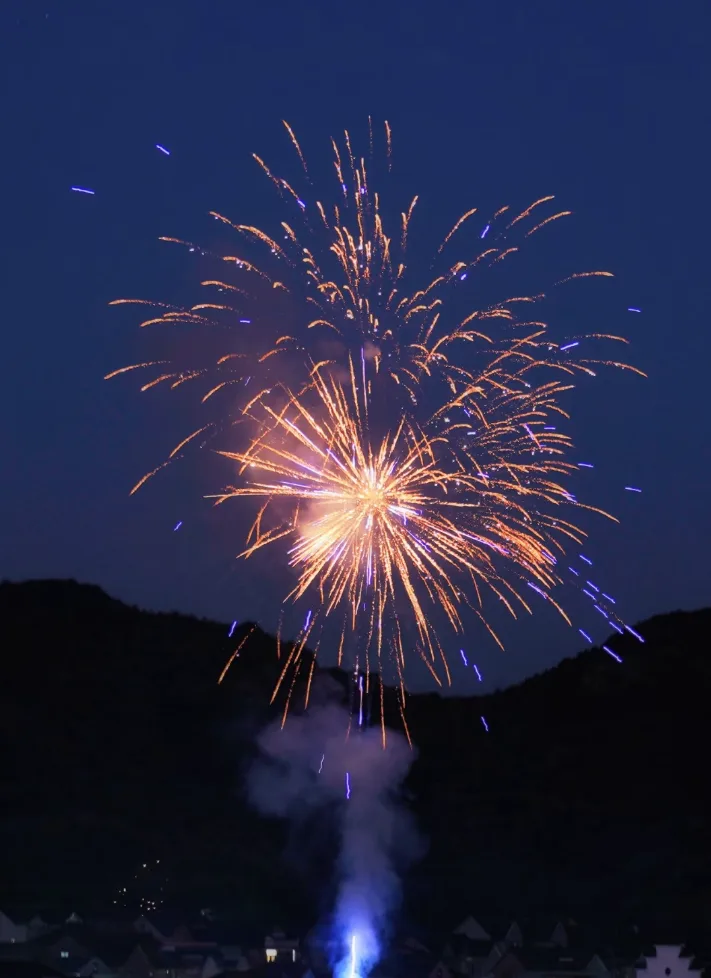From China, the secret of gunpowder and fireworks slowly began its journey west. Explorers carried the technology to the Middle East, from where it eventually reached Europe by the 13th century. Initially, Europeans used the powder for military means, but the spectacle of fireworks soon captured the imagination of royalty and the public alike.
The Italians are credited with being the first Europeans to truly elevate pyrotechnics into an art form. By the 15th century, Italian manufacturers began to experiment with the composition, manufacturing elaborate designs for religious festivals and royal occasions. However, a major step forward didn't occur until the 1830s, when Italian chemists perfected the technique of adding metallic salts to the gunpowder mixture. This chemical innovation allowed for the creation of the brilliant spectrum of colors we know today:
Strontium salts produce deep reds.
Barium salts create brilliant greens.
Copper salts are responsible for the blues.
Sodium salts give us vibrant yellows.
It was this mastery of controlled chemistry that transformed the firework from a simple noise maker into a painter's palette in the sky. Modern fireworks designers, known as pyrotechnicians or Hanabishi (fireworks masters), are not just chemists but artists, carefully choreographing thousands of "stars" (the small pyrotechnic pellets) to burst in specific sequences, at precise altitudes, and in pre-determined patterns.
Global Resonance: Philosophy of Light, Freedom, and Life
Today, the use of fireworks is a profound cultural custom woven into the fabric of celebrations around the globe. They are more than just noise and light; they are powerful symbols, carrying different cultural weight.
In China and East Asia, the loud crackle of fireworks remains central to the Lunar New Year celebration, symbolizing the chasing away of evil spirits and the welcoming of prosperity. In Japan, fireworks, or Hanabi (花火, literally "fire flowers"), have a deeper philosophical meaning. Often displayed during summer festivals, they are considered an art form designed to evoke feelings of beauty and mono no aware—a poignant awareness of the transience of life. Their beautiful, instant demise is a reminder to cherish the joy of the present.
In the Western world, fireworks are an emblem of national independence and freedom. In the United States, the Fourth of July would feel incomplete without them. They represent patriotism, the spirit of liberty, and national pride. In France, the fireworks on Bastille Day celebrate the revolution, equality, and fraternity.
Whether it’s Diwali in India (symbolizing the triumph of light over darkness) or New Year's Eve across the globe (marking the end of the old and the start of the new), fireworks bring people together. They are a shared moment of collective awe, a deafening chorus of hope and passion.
Fireworks are one of humanity's oldest and grandest "limited-time exhibitions." They remind us that the most profound beauty is often transient, and that moments shared in light will forever shine in memory.

